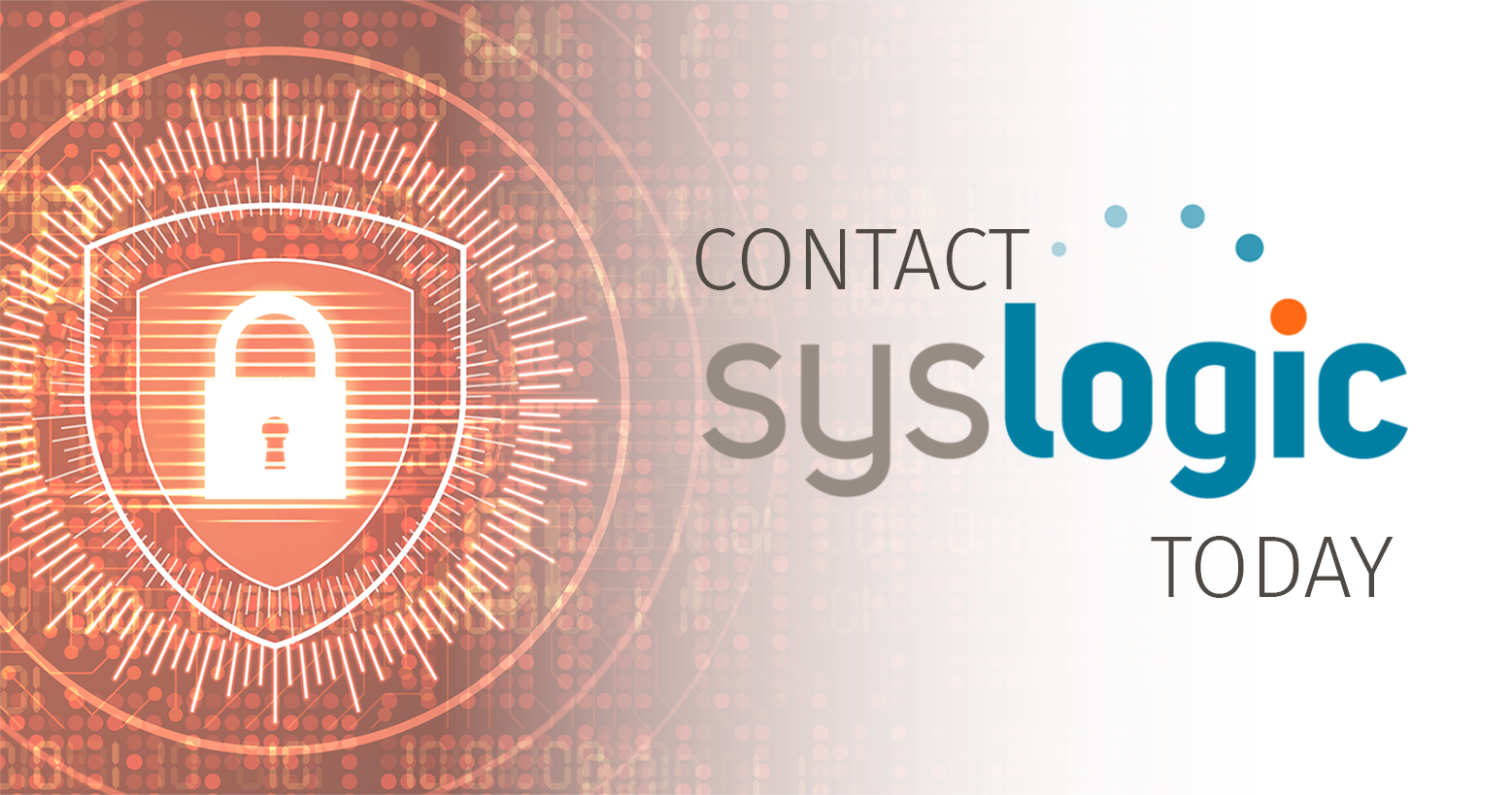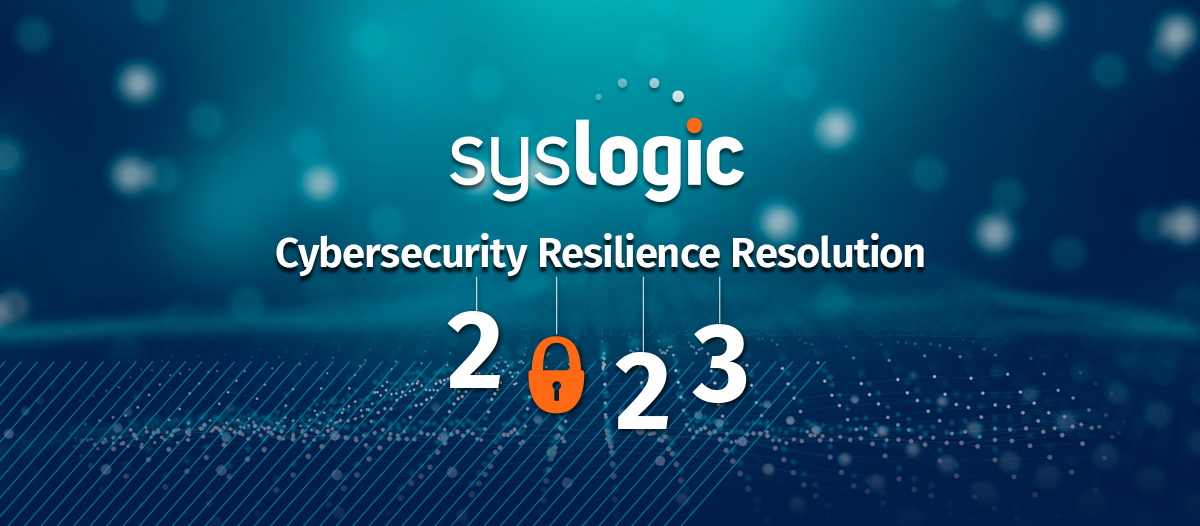Cyber attackers will go to great lengths to infiltrate an organization — trying any door they can find using social engineering tactics.
The attackers are relentless and focused on manipulating employees to gain unauthorized access to data, systems, and anything else they can set their eyes on. Just one click by an unsuspecting employee can send your entire organization into a tailspin — causing significant productivity and financial burdens.
Attackers typically collect background information on their targeted victims as they scour the organization for potential points of access. One common tactic they use is phishing scams, which are email or text campaigns that tend to look very real while creating a sense of urgency for the recipient. They're counting on the credulous employee to quickly respond by clicking through and providing their credentials and password. It happens in an instant before the employee realizes they fell for the malicious tactic.
Employee education and active defenses are key to ensuring your organization is protected from the inside out. Here are a few areas to consider when developing a resilience plan for social engineering:
-
Educate your employees — There is no such thing as too much communication when it comes to educating your employees on how to identify a potential threat. Provide examples of what to look for in a phishing attack and identify how they can quickly report a suspicious email or text. Periodic training (annual, for example) is also critical to help keep these harmful threats top of mind.
- Use multi-factor authentication (MFA) — While this adds some additional steps, it is well worth the time. This adds another layer of protection against unauthorized access. Use MFA wherever possible, especially when it involves sensitive data.
- Use anti-phishing tools — Numerous tools exist to help you protect your organization by automatically scanning, marking, and quarantining suspected phishing and social engineering attempts. These tools can be configured to provide differing levels of protection and insights, and some of them can be used to launch simulated phishing campaigns to test the awareness and training of your employees.
- Create strong passwords — Using the same or similar passwords across multiple logins is what the attackers are counting on. As a best practice, create longer passwords using unpredictable formats or phrases, including alphabetic, numeric, and special characters. Even better, leverage a reliable password manager to store your growing list of creative passwords.
Does your organization have an active and up-to-date social engineering plan?
How would your employees perform if they unknowingly receive a communication that looks legitimate, but is from a potential hacker? Are you looking for help finding a partner to test your readiness? Contact SysLogic today to learn more about our cybersecurity services and how we have helped protect organizations of all sizes and across the world.

